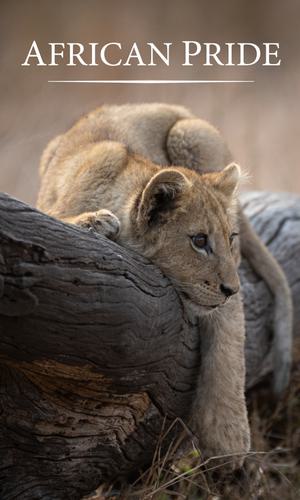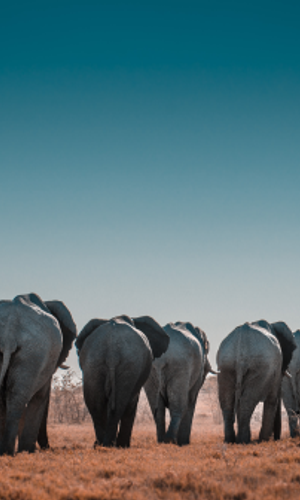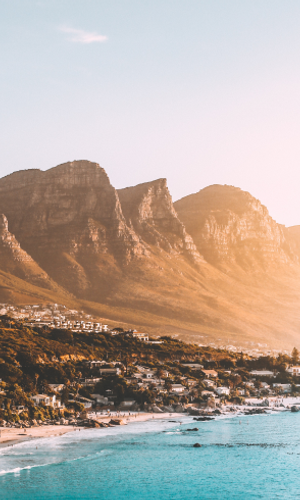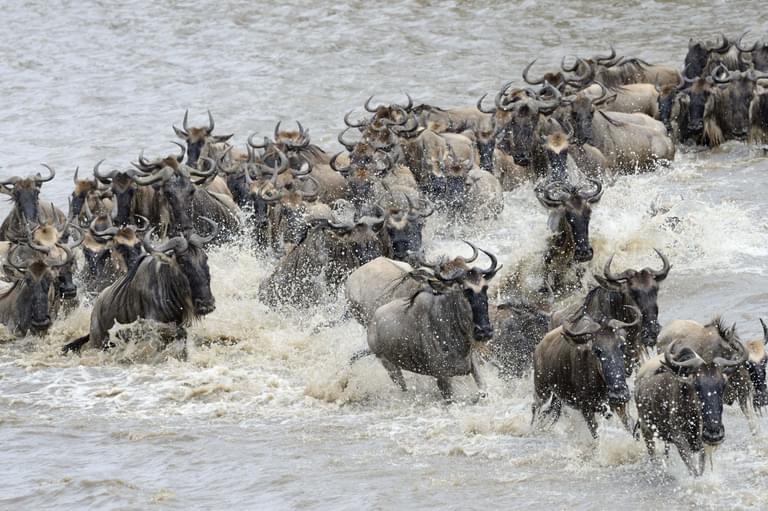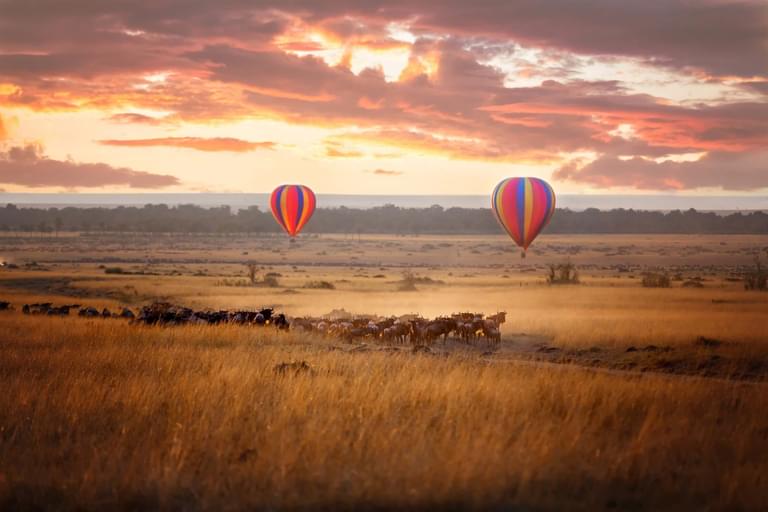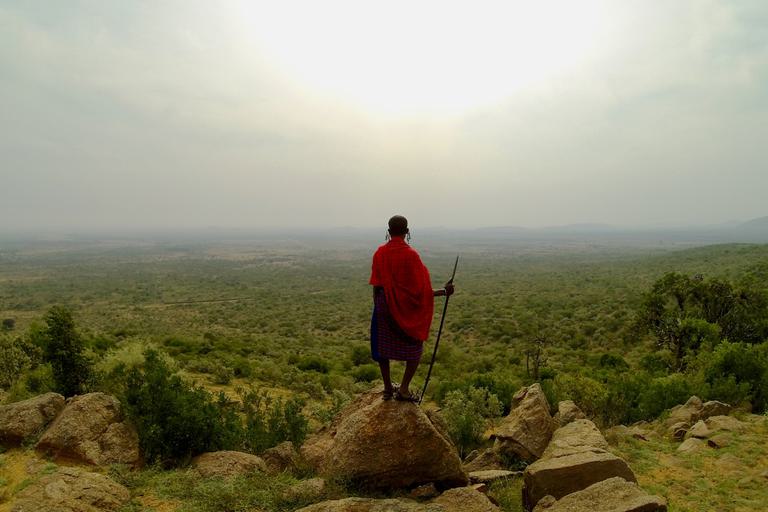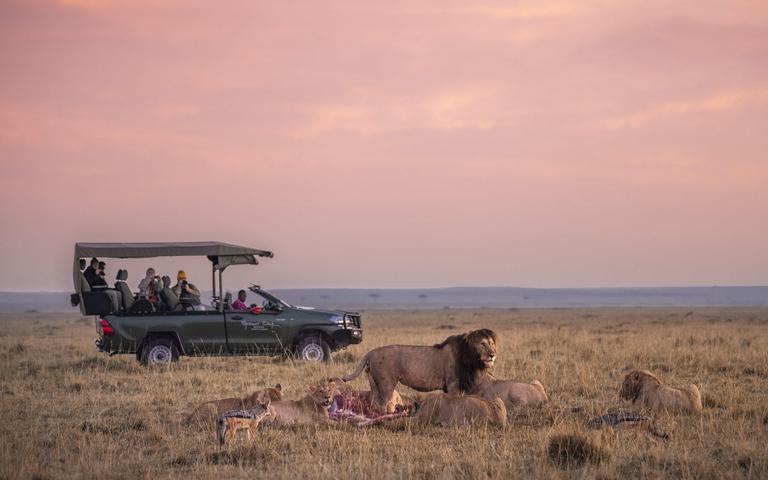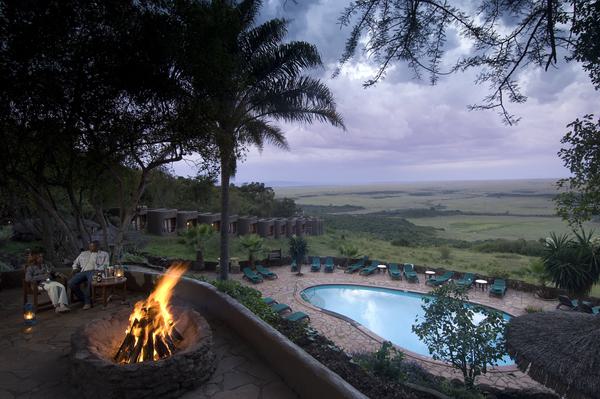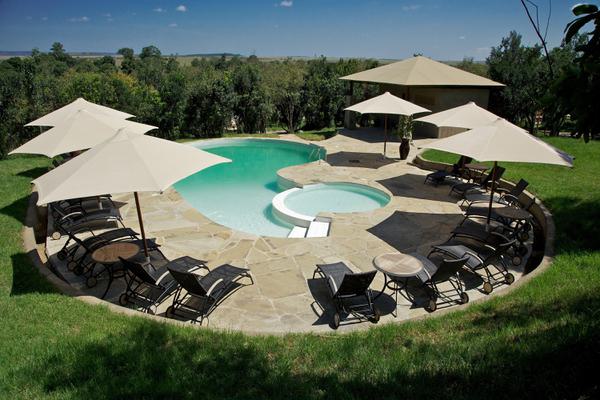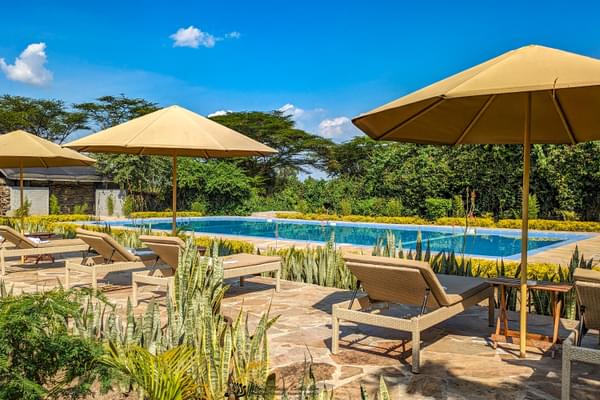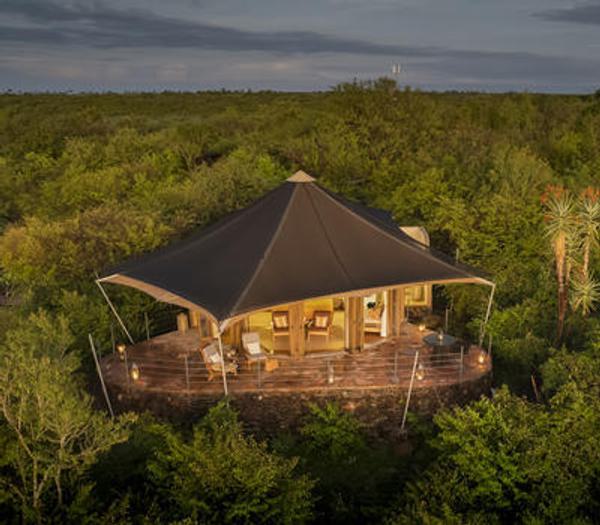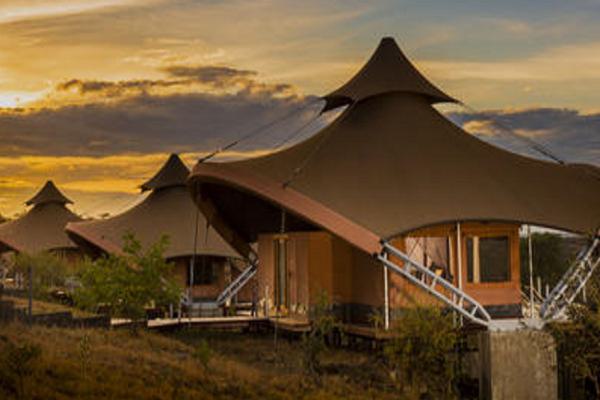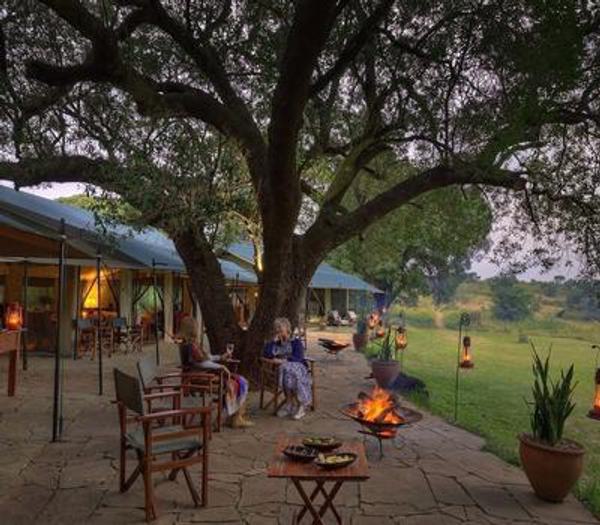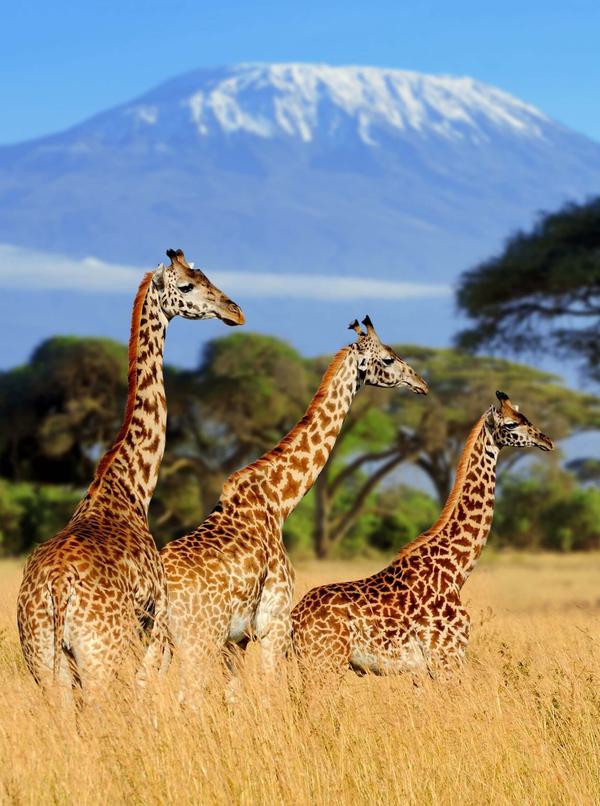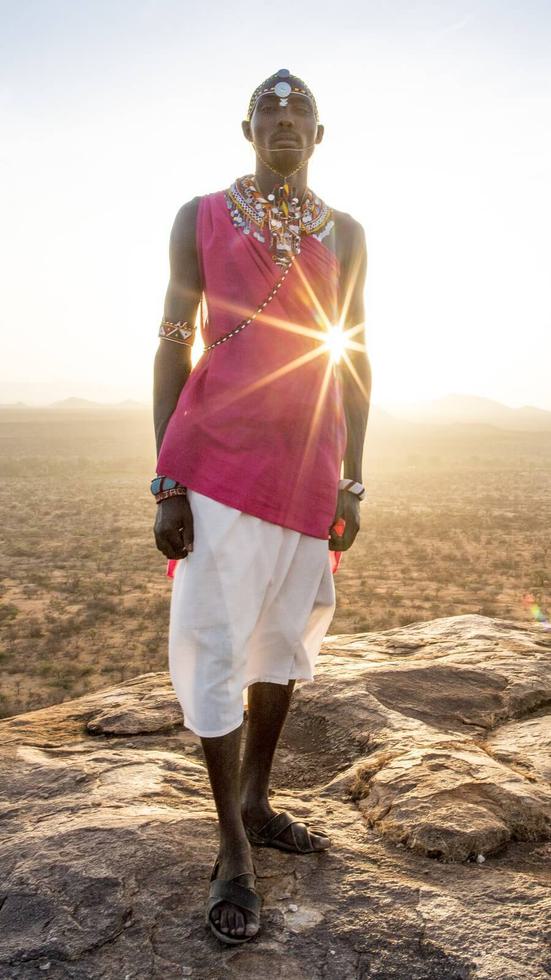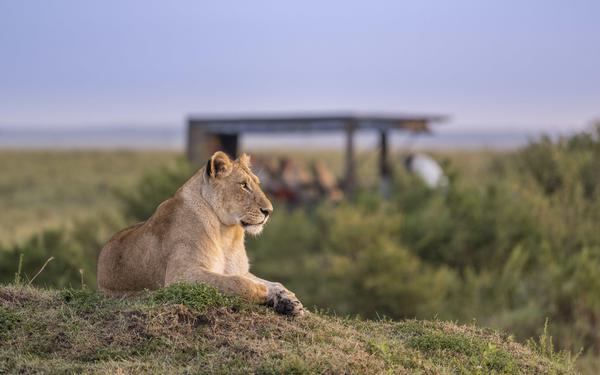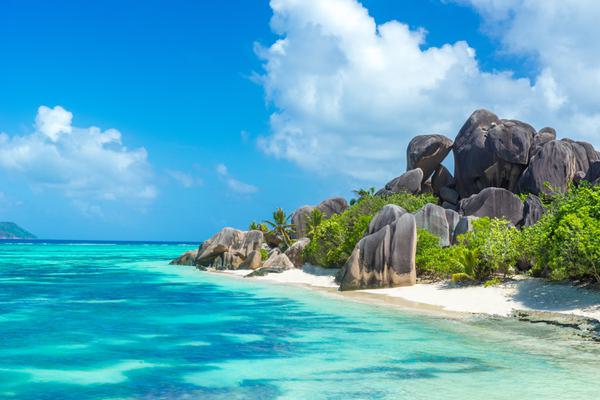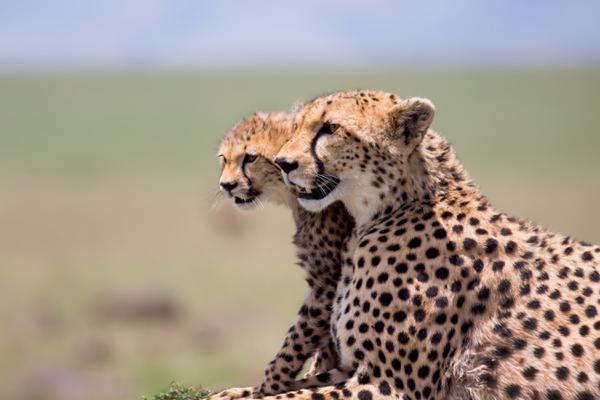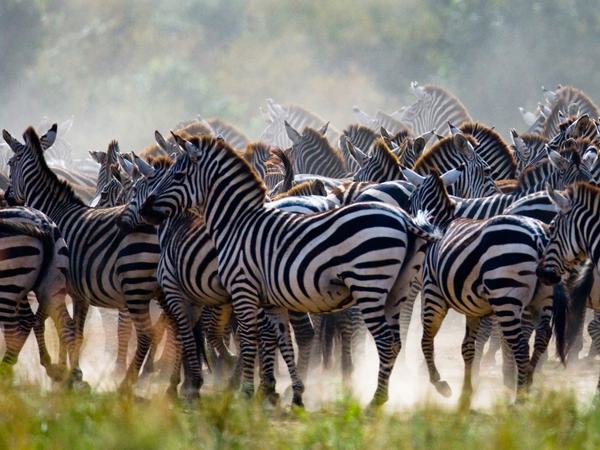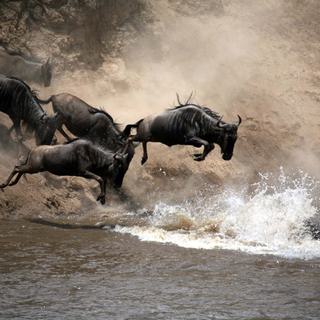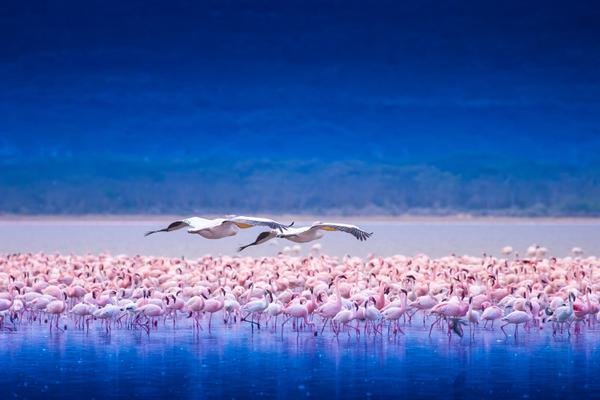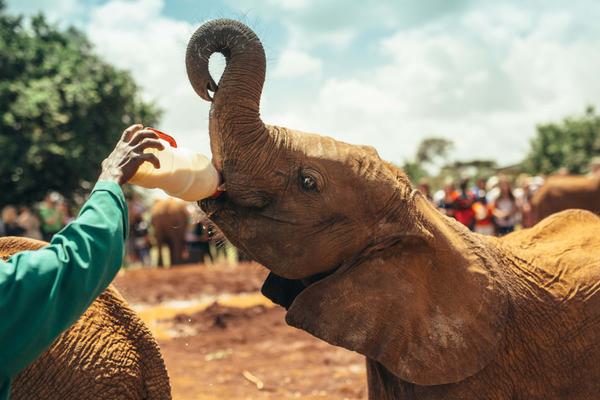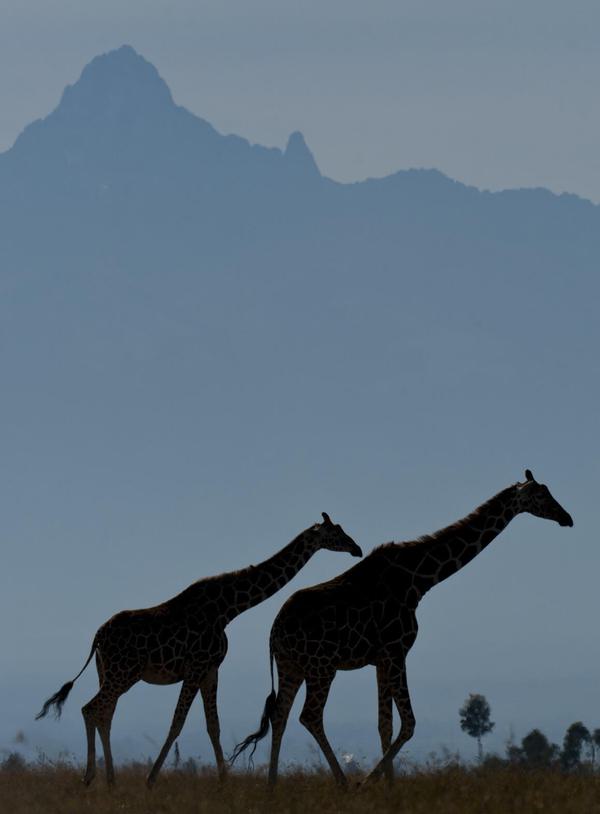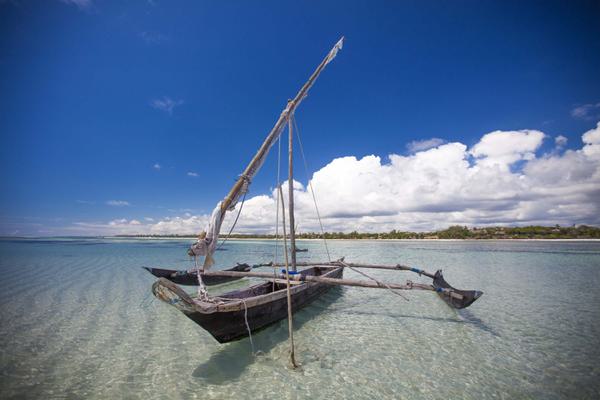
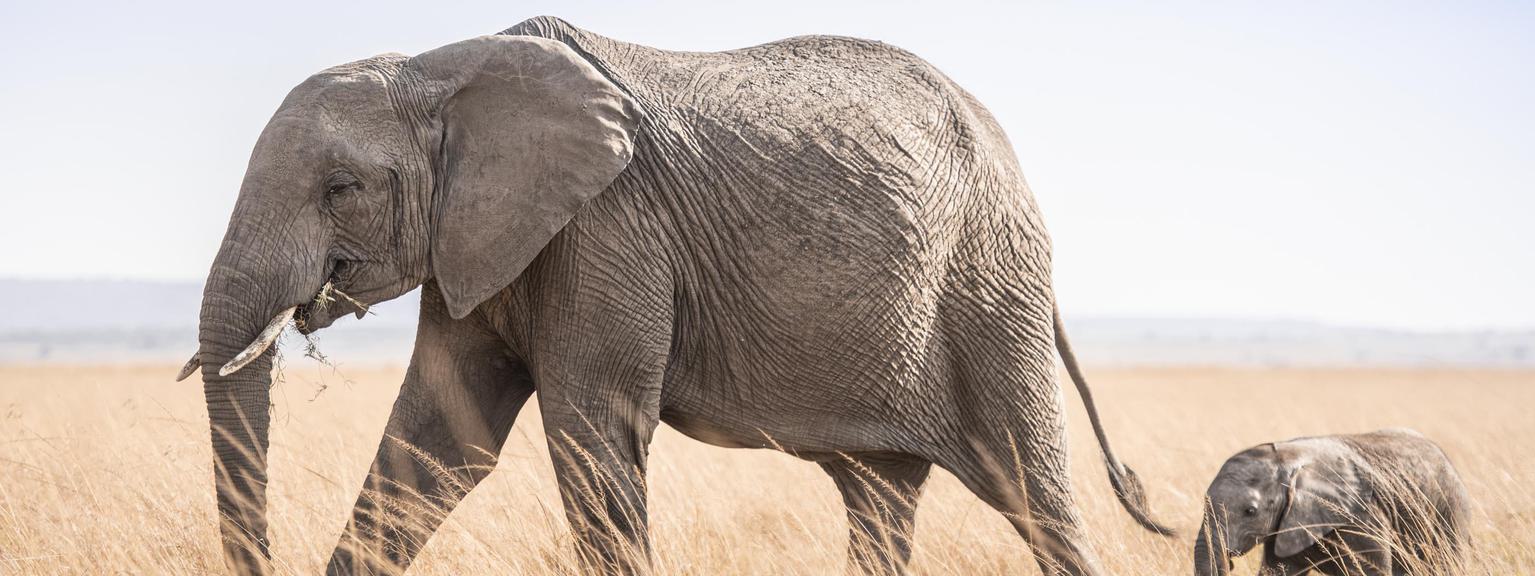
Masai Mara National Reserve
Why safari in the Masai Mara National Reserve?
The Masai Mara may be synonymous with the Great Migration, but the reserve offers so much more. Each time we visit we are wowed by the sheer variety of wildlife, the incredible landscapes, and the undeniable warmth of the Maasai people. Whether you’re on a road safari or flying between Kenya’s wildlife sanctuaries, a few days in the Mara is a ‘must’.
Discover the National Reserve
Masai Mara National Reserve Highlights
- The Great Migration, one of the greatest wildlife spectacles in the world. Hundreds of thousands of wildebeest and zebra move in a continuous cycle, following the rains and attracting predators in their wake. Just like the rains, the herd’s movements can be unpredictable, however they are usually around the Mara between July and September/October. Seeing such vast numbers of animals in one place is a breathtaking sight, and if you are fortunate enough to be in the area when it’s time for the herds to cross a river, the dramatic scenes are simply unforgettable. Be warned though, such a unique event does attract the crowds, so you are unlikely to be the only ones watching.
- Aside from the wildebeest and zebra, the wildlife sightings in the Masai Mara are exceptional year-round. The Reserve is one of the best places in the country to see the Big 5 (lion, leopard, buffalo, elephant and rhino), and cheetahs are perfectly at home in the open plains. You’ll see topi antelope atop little mounds, playful monkeys, giraffes and so much more.
- The Mara’s scenery, as depicted in the iconic film ‘Out of Africa’, is every bit as beautiful today as it was in Karen Blixen’s era. The massive Oloololo Escarpment forms the backdrop to the plains, rivers and forests below.
- The ‘short rains’ occur usually around November/December, when frequent but brief showers bring fresh life to the plains. It is generally a quieter time to visit, with excellent wildlife sightings and often better prices in the camps and lodges.
- An early morning hot air balloon flight offers not only a thrilling adventure but also a unique perspective on the Mara below.
- Choosing to stay within the National Reserve will give you the chance to see a vast range of wildlife, however you must be back in camp by nightfall so game drives take place during daylight hours only.
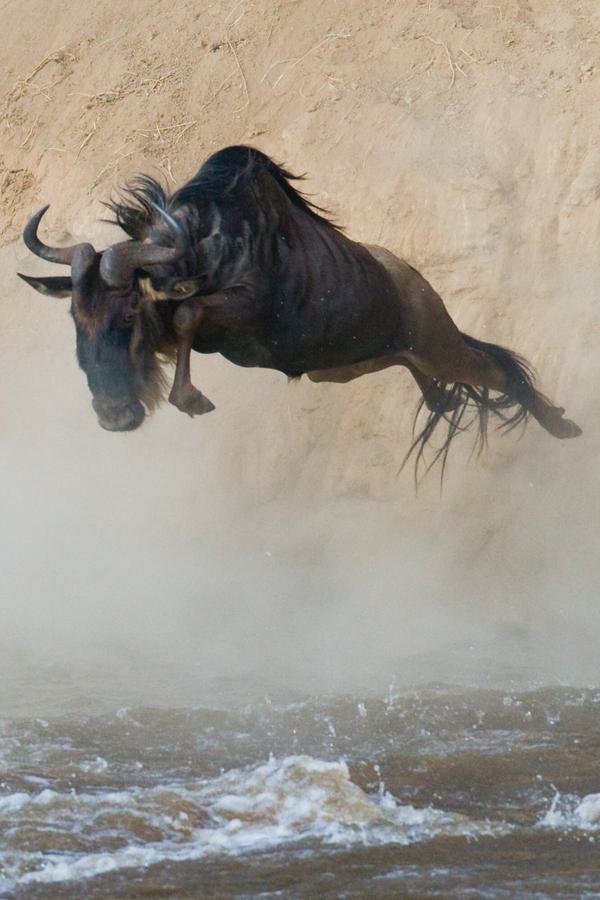
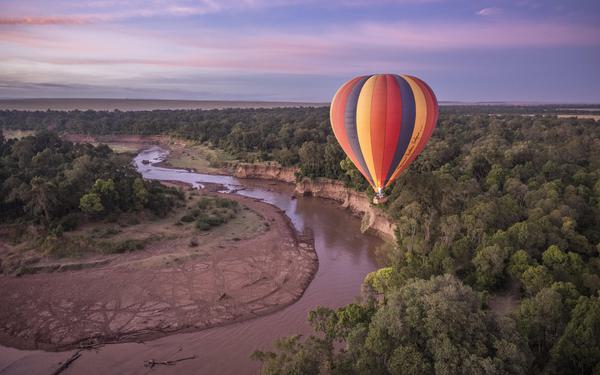
Where to stay in the Masai Mara National Reserve
Or stay on a Masai Mara Conservancy
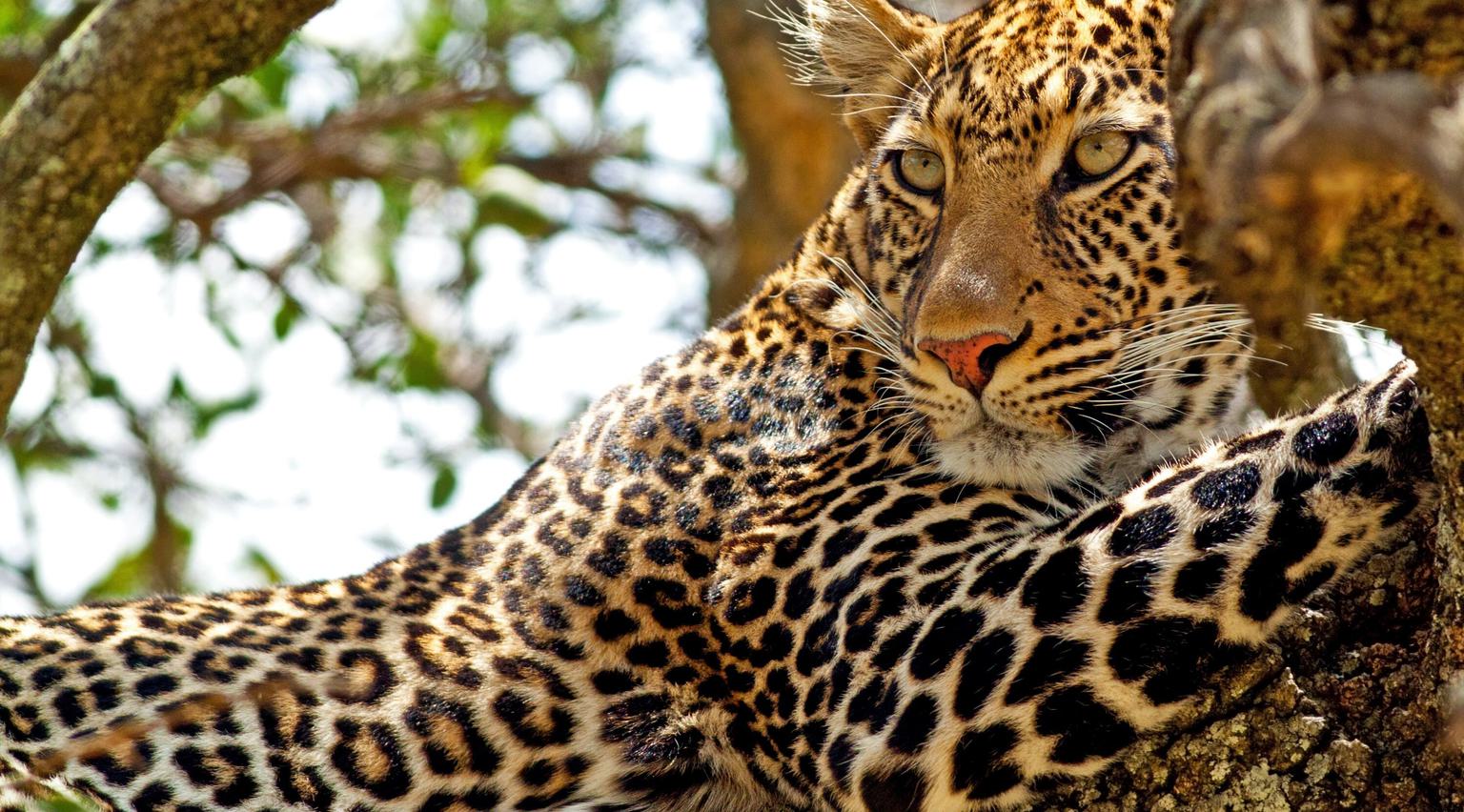
When to travel to Kenya for a safari
The dry season months of January to March and July to October are generally the best times to visit Kenya for a safari. The days are cooler but still warm and it is generally dry. The Great Migration typically arrives in the Masai Mara between July and September.
Best
Good
jan
feb
mar
apr
may
jun
jul
aug
sep
oct
nov
dec
Seasonal Events
Why Travel with African Pride
How to plan a holiday
Your choice of holiday and safari to Africa & the Indian Ocean will be unique to you.
Using our extensive knowledge, experience and passion for Africa built up over many years, we are perfectly placed to tailor your personalised itinerary.
Choose your preferred destinations or experiences to include in a holiday
Talk to your travel adviser or us about your holiday requirements
We use our expertise to design an ideal holiday based on your preferences
We use the latest deals and offers for the best price available at the time
Special occasion? We can suggest little extras and hidden gems
Contact Us
